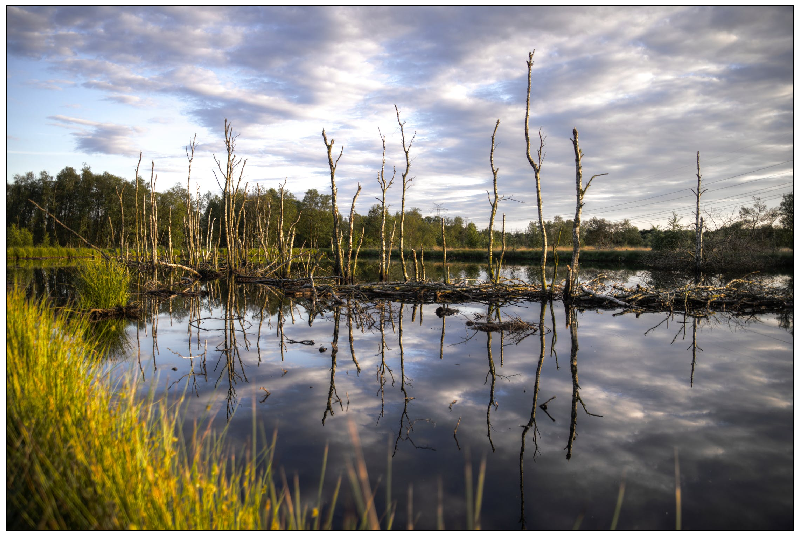WRP and Conservation Easements
by Darren Ryals
General Certified Real Estate Appraiser
February 2021
Properties enrolled in WRP (Wetland Reserve Program) or which have a Conservation Easement have several special traits to consider.
The property may be subject to Use Restrictions.
Examples of Use Restrictions are not growing crops (other than for a food plot) or not logging trees (other than with permission). This can limit the income-producing potential for the property. Also, it is likely that the owner will not be able to build improvements on the land within the easement area. For that reason, a property with one of these easements will often have an acre or so left out of the easement for future site.
The property will often be irregularly shaped.
The irregular shape of properties with WRP or Conservation Easements is due to the property being surveyed out of a larger tract. This is not really an issue most times, but it can make it a little more difficult to determine boundary lines unless there is a river, creek, or a roadway that sets part of the property line.
The property may have an easement for access.
The easement for access is also due to the likelihood that the subject property has been surveyed out of a larger tract. If the access easement allows good access to the property, this generally does not hurt. Some buyers actually prefer a property to be away from the public road in order to be more secluded, although other owners want it to be near the public road. It’s a matter of preference, but owners of such properties must plan ahead. If the owner may want to build on the property at some point, then it’s better for the property to be closer to the public road. Even if utilities are available at the road, it can be very expensive to run lines back into a property to establish a building site.
The property will not be comparable to many other properties.
Properties with WRP or Conservation Easements are not a typical property in many areas, so comparable sales will most likely be farther away than ideal and may not be current.
The property may have a lower market value.
Having such an easement in place generally does affect value when compared to a similar tract that does not have an easement in place. In my experience, these properties do bring less $/acre than a similar property that is not encumbered with a WRP or a Conservation Easement. This is not a negative, but merely a fact from observing the market, and there are always exceptions. As long a potential buyer realizes some of the particulars, they may decide that a property like this is ideal for their needs and be willing to make the trade-off. In cases where there may only be a few acres or small percentage of a larger property that has an easement, the effect on overall value is usually less or even non-existent. In the end, it comes down to the market data available to compare with the subject property.



